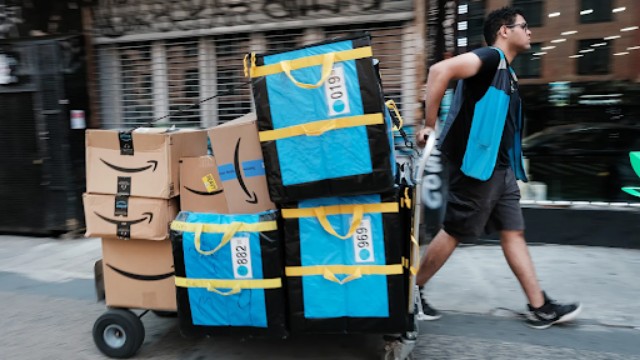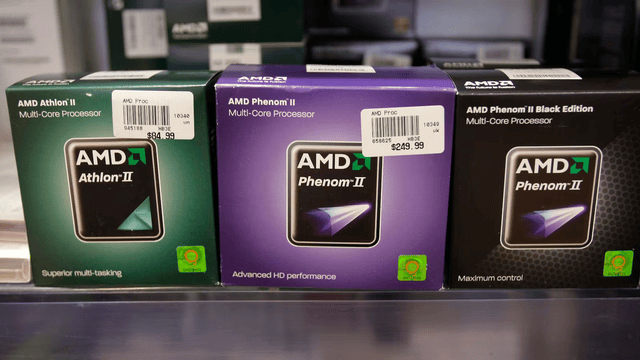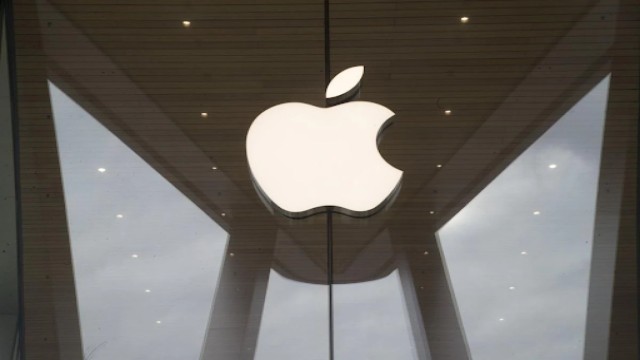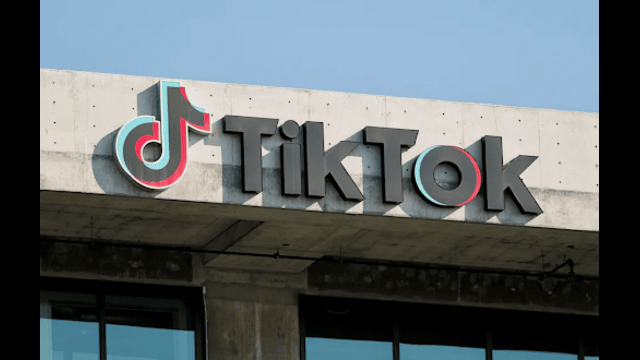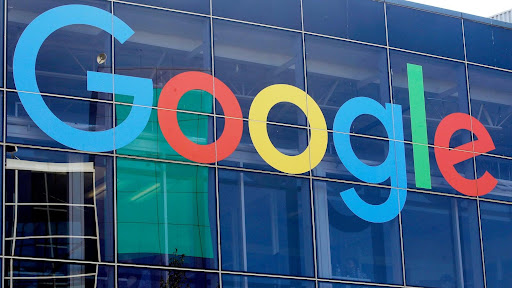
A sign on a Google building is seen at the company’s campus in Mountain View, California (AP Photo/Jeff Chiu, File)
Thousands of users faced disruptions across popular online services like Spotify and Discord on Thursday due to a sudden outage in Google Cloud, a division of Alphabet Inc. The disruption started around 2:46 p.m. ET and quickly impacted major platforms that rely on Google’s cloud infrastructure to operate.
According to Google Cloud’s own service status dashboard, several of its products experienced different levels of service interruptions. While engineers began working on a fix immediately, Google stated that they had managed to restore services in some locations but couldn’t give a clear timeline for complete recovery.
The outage didn’t just affect one or two services—it had a ripple effect across the internet. Data from Downdetector, a real-time outage tracking website, showed over 10,000 problem reports related to Google Cloud alone. Spotify saw a flood of more than 44,000 reports, as users found themselves locked out of their favourite music streaming app.
Instant messaging app Discord was also hit hard, with over 8,000 reports logged during the disruption. Other Google services weren’t spared either—more than 4,000 users reported issues with Google Meet and the Google search engine.
While users voiced their frustrations online, there was little immediate response from the companies involved. Discord couldn’t be reached for comment, and Spotify didn’t respond right away to media queries regarding the situation.
It’s worth noting that Downdetector’s figures are based on user-submitted complaints, so the actual number of people affected could be even higher. The outage serves as a stark reminder of how heavily modern digital platforms rely on cloud services—and how quickly daily routines can be disrupted when those services go down.
As of now, the issue appears to be improving in certain regions, but Google Cloud has not confirmed a full resolution timeline. Users are advised to keep an eye on official service pages or social media updates from affected platforms for the latest status.


